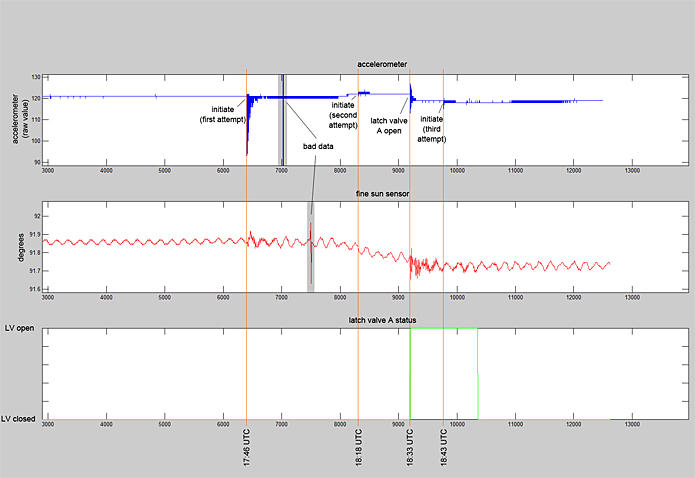When the twin GRACE satellites were launched in 2002, the casual observer might have been underwhelmed by their mission—to make precise measurements of Earth's gravity. They've proved, however, to be unbelievably useful Swiss Army knives of geoscience, measuring everything from the loss of ice from Greenland and Antarctica to groundwater depletion in California. Now, the GRACE that keeps on giving has been shown to improve warnings ahead of major floods in some areas.
For many, floods seem to show up suddenly and then overstay their welcome. In some situations, they can be incredibly damaging and often quite dangerous. But a lot more goes into determining the size of a flood than just the amount of rain that falls, and that data provides the key to better forecasting of flood risk.
When looking at graphs of streamflow—the volume of water traveling downstream per second—for a river or stream, hydrologists can identify two kinds of behavior. There's the consistent base flow, supplied mainly by groundwater entering the river, and the temporarily higher flow that follows rain storms.
Read 10 remaining paragraphs | Comments
